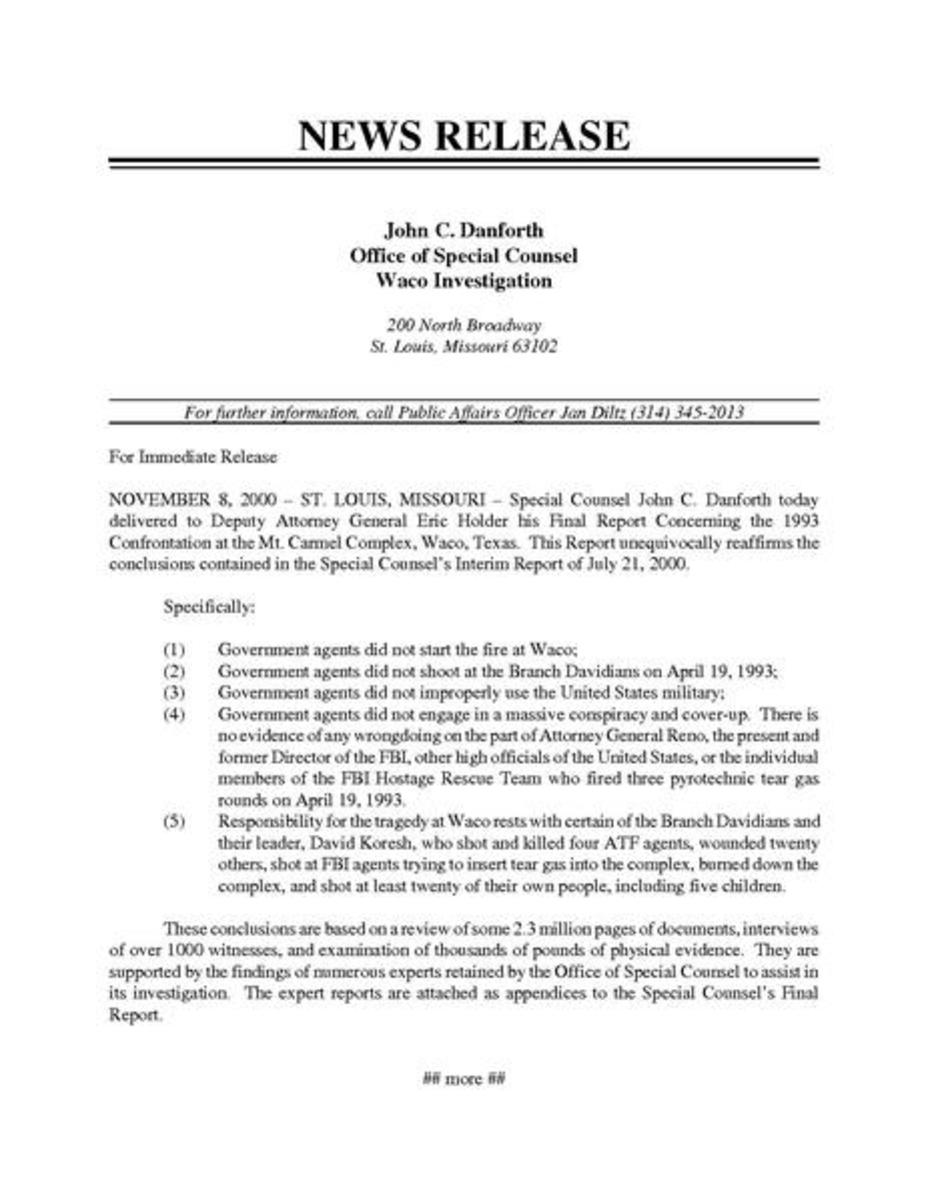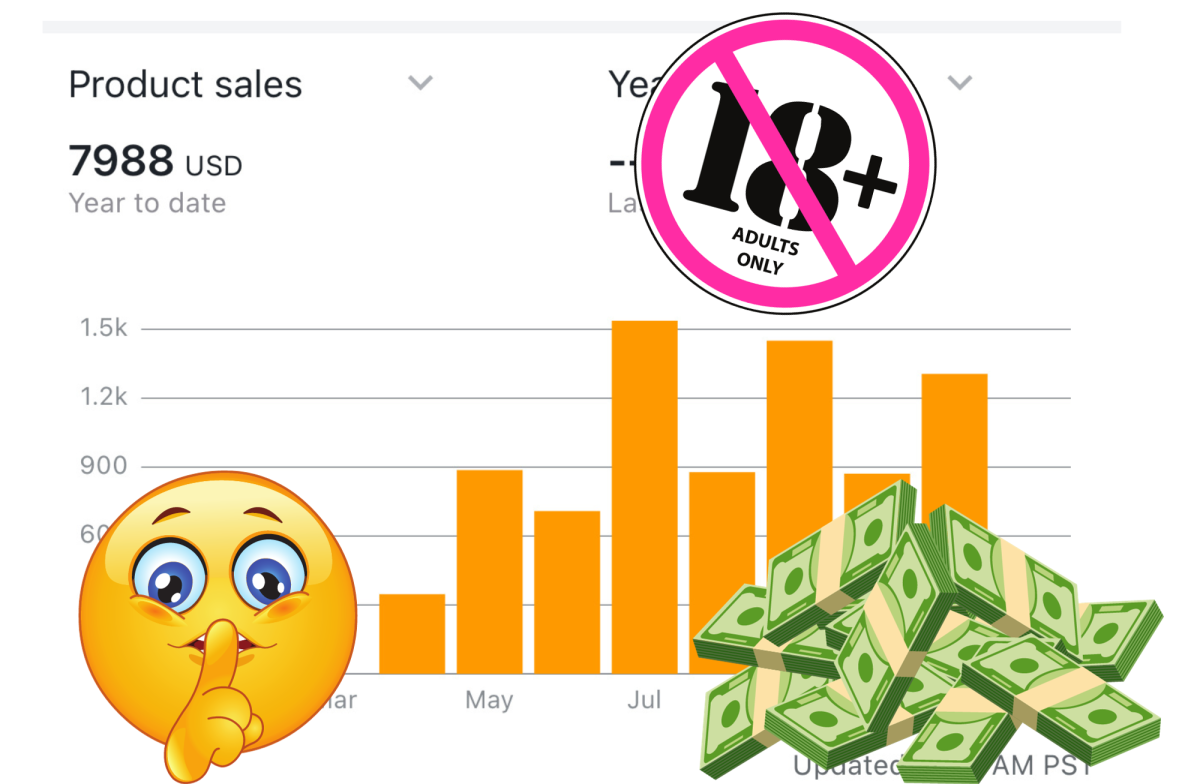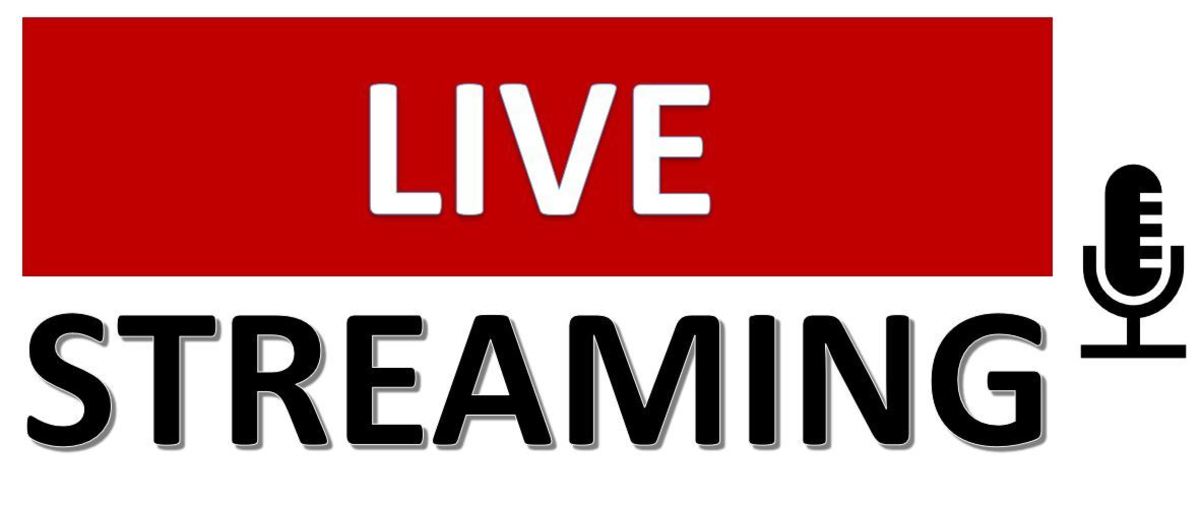How to get leads using press releases

Find Leads Using Press Releases
A Press Release announces and promotes an event for business, non-profits, politics, just about anything that the public should know about for almost any reason.
Now, depending on what you sell, you may be able to improve your sales dramatically. How? By learning how to read a press release and find the most relevant information for you and your company. That information will help you determine is the one who owns the press release is a good prospect for you and your company or not.
Generally speaking, a press release is written to obtain positive press coverage for that particular organization. As a result, many press releases are written to create and capture the interest of a reporter, writer or news organization. Many business news stories you see on television, hear on the radio or read in the newspapers, magazines and blogs actually originate from a press release.
This article will attempt to teach you ways that you can use a press release to find organizations with sales opportunities or even to use a press release yourself to help find opportunities for sales and growth.
The Headline is the Main Event
The headline of the press release will likely give you the main point of the information contained in the release itself. If, of course, it is a well thought out and well written headline or sub-title. This should help you to determine if you need to read the release further.
Remember these key growth event words. You should look for these in all releases you read.
- invested
- raises
- awards
- announces/announcement
- joins/merges
- launches
- buys/acquires/sells
The above words will give you a clue as to what the press release is about and how it may fit your needs or how the owner of the release could fit into your prospecting system.
Paragraph One Should Give You Your Answer
The first paragraph should answer the all important Five W's. You know them as who, what, where, when and why. And of course even the important H. The how.
Who are the companies or organizations mentioned in the press release and are they within your target market or could they be in a new market you could expand to.
What is the main reason for the release. Are they expanding, promoting, building, buying, being bought, etc? How does this information help you target them as a potential client?
Where is the company or organization located. Are they near to you or are they in an area in which you are looking to expand? Will they be easy to locate? Will the distance be too great to properly service should you land them as a client?
When is the press release date or event to take place. Is this old news or is this an event that is yet to happen? If it has already happened, how can you position your company to help them. If the event is yet to happen, how can you position your company to be of service to them.
Why is the press release being written and released. What is the main motivation for the release? Is it to announce and promote or is it meant to inform?
After the headline you should read and re-read the first paragraph and fully understand what it is saying before moving on.
The Filler Paragraphs
Depending on the nature of the release, there may be one or more additional paragraphs which provide additional information on the event covered in the release.
Watch for quotes in the release as well. These quotes will likely include one or more paragraphs where the key participants provide quotable statements. These statement could provide you with valuable insight in how best to approach them as a potential client.
The third party validation is also important. It illuminates who is or has found the release owner to be a valuable asset. This information is basically provided to raise the level of newsworthiness to reporters and editors. However, these statements could also provide additional sources of leads for you as they may be related to the release owner in some fashion.
The about paragraphs are usually the last paragraph of a release. It will give you some basic and brief information about the release owner. This information is valuable and will be the beginning of the answer to the "who" question. Don't skip this part.
Increasing Your Prospecting Results
You should use press releases to identify whom to call. The release should also give you the reason to call on the release owner. This puts your sales and marketing efforts in context and thereby makes you more successful at connecting with the right people and the right prospects.
Some great press release sites are:
- Business Wire (http://www.businesswire.com)
- PR Newswire (http://prnewswire.com)
Just remember, press releases can also lead clients to you. In short, a well crafted press release (or even a poorly crafted one) can mean more business for you and your company.
If you found this article to be informative or useful then why not share it with others. Also, please leave your comments or suggestions below. You may also wish to read my other post or follow me. Thanks for reading.









